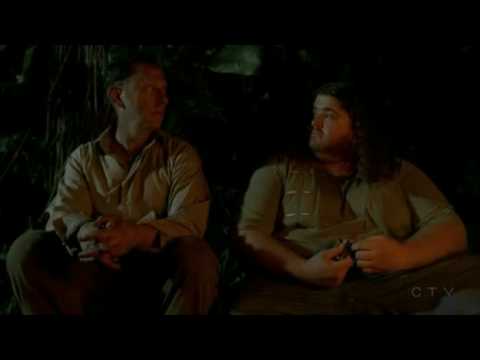Sorry
I had a lot of assignments using ■■■■■-congo languages, and most of them are not simply what you said here, but you are on the right track. I'd describe the ones I have come across as having multiple bases. But I'm not sure how an expert would describe this kind of number system.
I think I have an idea what you mean.
Thanks.
It helps to know that humans mostly created their number systems based on how they counted and measured with their hands, fingers, and sometimes toes.
My work so far because I gotta get back to work. But I'll try some more later.
Summary
Problem 5 (20 points). Here are some numerals in Supyire and their values:
baashuunni
7
benjaaga na niŋkin
21
ŋkwuu taanre na beeshuunni na kaŋkuro
285
kampwoo na ŋkwuu shuunni na beetaanre na baani
626
kampwəhii sicyɛɛre na benjaaga na ke na baaricyɛɛre
1639
recurring morphemes: /baa/ /shuunni/ /ben/ /kamp/ /na/ /jaaga/
baashuunni - 7
kampwoo na ŋkwuu shuunni na beetaanre na baani - 626
The final digit 6 and 7 here intrigue me. Both starting with /baa/. /baa/ could be a base with the /shuunni/ /ni/ being added values to the base.
benjaaga na ninkin being "21" seems almost too obvious as "20 and 1". But that's just a hunch with no evidence. benjaaga also occurs in 1639. So if there is no base 30, then the end /benjaaga na ke na baaricyɛɛre/ can be "20 and 19" somehow. The /na ke na/ is difficult to parse. If /ke/ is a base value as well and this /na/ is attaching to base values, then it can be broken down as "20 and X and X". Since there is a /baa/ base in the last word, we know the last value added should be 6 or more. Because we know /baa/ is used to make 6 with /baani/. Intuition makes me think then that /baaricyɛɛre/ is the final digit 9, going off the thinking that /baani/ is the final digit 6, etc. So if all assumptions are correct,
/benjaaga na ke na baaricyɛɛre/
20 and 10 and 9
Both 285 and 21 are not ending in a /baa/ word. Since we have a /baa/ from 6 and up, but none for a 5, we can safely assume the /baa/ is "5 and X" but that the word for 5 itself can't be /baa/ because it does not occur in 285.
With this in mind we can try and count to 10:
1- /ninkin/
2-
3-
4-
5- /kankuro/
6- /baani/
7- /baashuunni/
8-
9- /baaricyɛɛre/
10- /ke/
So far, 626 makes me doubt many of my assumptions. Because I would expect it to end in /benjaaga na baani/ to make "20 and 6". Perhaps to create the 620, some different bases are used. But why wouldn't they also be used to make 1639? So I could be wrong about a lot so far. Gotta figure out 626 more completely before continuing with these assumptions.
I dont know if the solutions are out for these btw. Think we are on the hook just to do our best to solve them
After getting stumped for now, I compared my solve to yours.
Summary
I got all the same solves as yours. And that's it.
285 and 626 have me at a dead end.
Maybe kampwoo = 600 and kampwchii sicyeere = 1600 ?
But that would give us two different words for six!
I think that
Summary
I don't think they are always reaching 600 by a word that means 6 x 100 or simply 600 base. I think it is a different base being multiplied by something. It could even be a larger base added to a multiplied smaller base. So many possibilities. Basically have to crack the /kamp/ code
I'll try and work some stuff out later when I have downtime at work.
Summary
What if they have six fingers on each hand? /s
@Nyte You night enjoy this thread more than the one you are posting in.
qv
rn i'm actually trying to learn languages, a lot of them
it's taking up a lot of space ngl
Which languages are you learning and what learning method?
I basically only believe in immersion, think the duolingo method is garbage
This is why I watch Demon Slayer.
I just slayed a big demon at your mom's house if you know what I mean.
YOU DONT FUCK NONE OF YOU FUCK
Sorry. Got lost. I don't belong in this thread
Lost?
